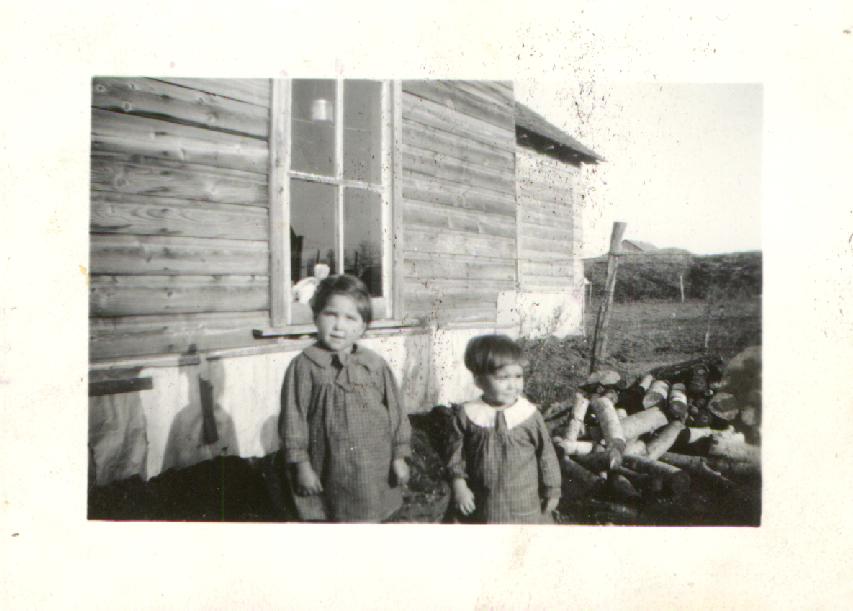COLUMN: Tales from the Gravel Ridge – Windows that helped open up our world
Advertisement
The month of June has come about us. There is no doubt about that in our minds. Trees that appeared to all intents and purposes to be dead, seem to have appeared in full leaf almost overnight. Of course, not long after that we were greeted by blossoms of fruit trees, both those that were cultivated , and those, not to be outdone, growing in wild abandon in uncultivated green spaces. In a sense these signs of spring and early summer opened up our eyes to the miraculous window of creation. How could our souls not be reawakened and renewed in the knowledge that notwithstanding all the injustices and atrocities perpetrated daily worldwide, the beauty and glory of creation is revived again and again. Indeed, Gerard Manley Hopkins poem Spring expresses it most powerfully:
“What is all this juice and all this joy?
A strain of the earth’s sweet being in the beginning

In Eden garden”
When I was growing up in Rosengard we lived in relative isolation, it is true. However, there were windows that gave us a picture of the larger world. These came in various forms. My older siblings worked in Winnipeg, and certainly that experience exposed them to new thoughts and ideas, as well as lifestyles. By extension we too knew of people with names different from those of our Rosengard friends and neighbours. We got to meet Maisie and Meryl and Pearl, and although all of us have long since lost track of them, they are part of the mosaic against which I remember my childhood. The Jackson family, owners of a large concrete supply business in Winnipeg, became a household name at our place. It was here that both my sisters Katie and Margaret worked as domestic help.
There was another avenue of influence that came into our home on a regular basis throughout my childhood. These were both English and German publications. When I consider that we were poor, I am surprised by the wide-ranging nature of this exposure. I imagine that these were relatively inexpensive publications, and in some instances were possibly distributed without charge.
As far back as I can remember, the Steinbach Post came to us. Diedrich Ginter would faithfully keep his readers informed of the goings on in Rosengard, his weekly column being entitled Hochruecken Neuigkeiten (Highback News). The term highback was a reference to the gravel ridge running through our community. By means of his weekly entries, he would also exchange news items concerning people who were living in Paraguay. It was a very useful means of communication, long before the introduction to various forms of media on which all of us now depend.
There were other German language papers that we received as well. Die Mennonitische Rundschau, (loosely translated, The Mennonite Observer), was a religious paper offering inspirational material. It also provided news of churches in various parts of Canada. In addition, it presented a forum through which readers could express their views on various issues.
In retrospect, I am pleased at the number of English language papers that came to our home during those years, given that my parents did not read the language at that time. We received The Manitoba Co-operator, The Country Guide, and The Family Herald. Because my father was quite concerned that we speak German at home in order not to lose the language, I find it interesting that all of these publications came to us. Since we did not have access to television, they provided us with a means of entertainment, and something to look forward to in the mail. In my own mind, it was The Family Herald that was particularly interesting with its serialized stories. It filled a gap left by a very limited library both at home and at school. Without a doubt, we had windows to the outside world, and newspapers were a significant part of them.
